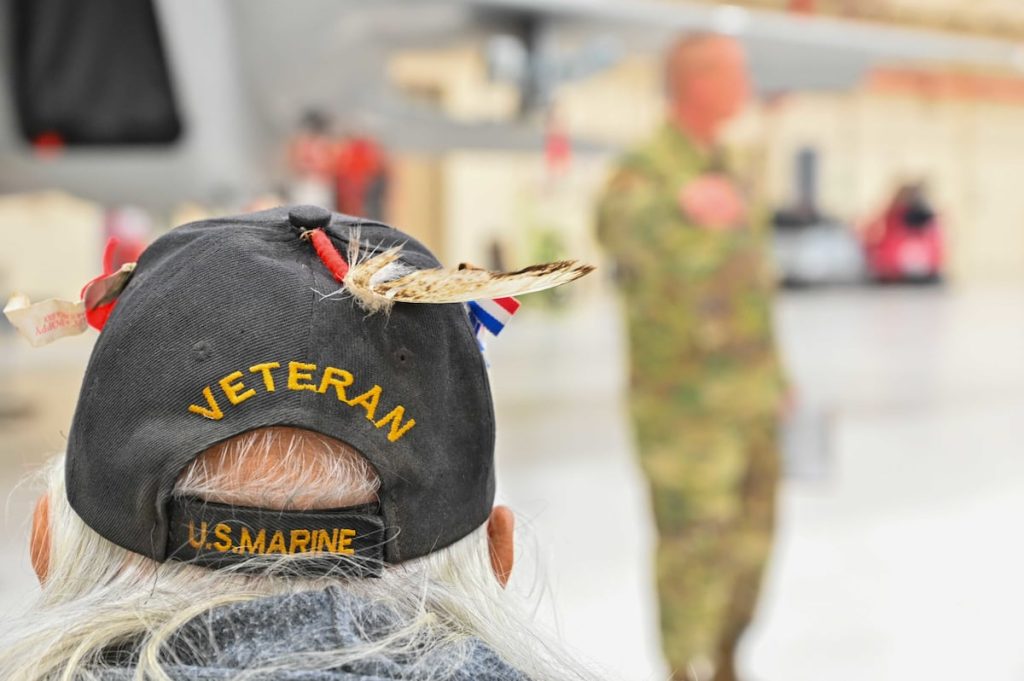As the population of U.S. veterans becomes more diverse and vets’ needs, from employment to medical treatment, continue to evolve, the demographic remains among the most difficult to survey.
A subset of the general population, veterans are most easily reached en masse through Department of Veterans Affairs rolls. But that leaves approximately half of all veterans out, according to the Pentagon-linked Rand Corporation think tank.
Alongside research organization NORC at the University of Chicago, Rand on Tuesday rolled out the Veterans Insight Panel, a survey cohort intended to allow for high-fidelity and rapid survey research on a veteran population representative of all ages, geographic areas and demographics.
The initial population, built by collecting data from Rand’s American Life survey panel and NORC’s AmeriSpeak cohort, has about 3,000 members, Robert Bozick, a RAND senior demographer and director of RAND Survey Panels, told Military Times. He expects that to grow as the organizations continue to recruit.
“It is a moving target,” he said. “We wanted to make sure that we could at least field a survey and get about 1,000 responses before we launched, because that’s typically the size of surveys that our researchers and external researchers need.”
The effort to launch a new survey panel followed “an increasing need for more sophisticated, more nuanced data on veterans than what is typically being collected,” Bozick said.
National organizations collecting data on Americans, from the U.S. Census to the Centers for Disease Control, typically include a question asking survey respondents to identify their status, he said, but data collected on veterans using these methods is incidental and limited in depth.
“You can compare veterans who have asthma to the general population, but you can’t dig down deeper and beyond that, because the purpose is not to survey veterans; it’s to survey the general population,” Bozick said. “So, for example, the next logical question [would be], ‘Were you in combat? Were you in a combat zone where there may have been a burn pit?’ Things like that. You can’t get those from national data sources.”
An upcoming project for 2026 that’s sponsored by the Pittsburgh-based Heinz Endowments, for example, will focus on veteran underemployment and employment trajectories, Bozick said.
While veteran employment data is included in monthly U.S. Department of Labor reports, veteran underemployment — meaning employment that doesn’t fully utilize and recognize a veteran’s skills and experience — has been much harder to quantify.
In the last two years, the National Veterans’ Training Institute has reported that one-third of veteran job seekers are underemployed; the Journal of Veterans Studies has found 10% of post-9/11 veterans report underemployment; and the Raymond A. Mason School of Business has cited veteran underemployment as high as 60%.
“This is something our researchers are struggling with. When they try to go collect data, they get small samples,” Bozick said. “You either get a pool with a lot of Vietnam vets, not a lot of younger veterans or vice versa. All of those samples have challenges, given the diversity of the military experience.”
Notably, the Veterans Insight Panel is not exclusively for academic research. Groups and organizations will be able to pay to survey the cohort on topics of interest at a rate on the order of $2,000 per question, Bozick said.
The intent, he said, is to make the panel available to entities seeking to advance the wellbeing of veterans.
“We’re really trying to keep it in that sort of community framework, as opposed to an academic data set where PhD scientists are analyzing data and publishing in journals,” he said. “Not that we frown upon that, but that’s secondary to what we’re trying to do here.”
Also planned for early 2026, he said, is an omnibus survey containing questions from a variety of sources on issues relevant to the veteran community.
Hope Hodge Seck is an award-winning investigative and enterprise reporter covering the U.S. military and national defense. The former managing editor of Military.com, her work has also appeared in the Washington Post, Politico Magazine, USA Today and Popular Mechanics.
Read the full article here


